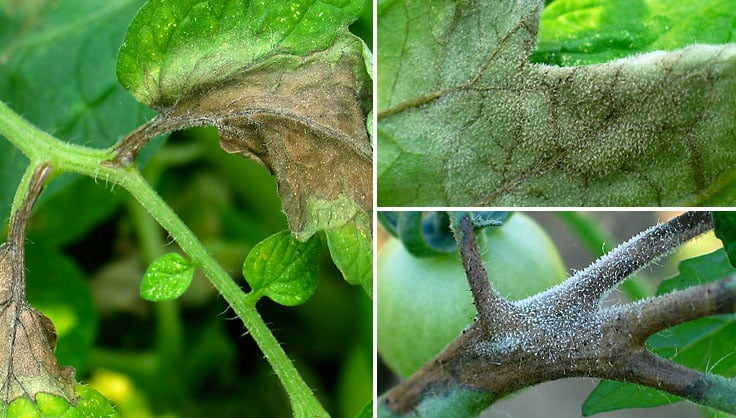Free Courses Sale ends Soon, Get It Now


Free Courses Sale ends Soon, Get It Now



Copyright infringement not intended
Picture Courtesy: www.gardeners.com
Context: The recent onslaught of late blight disease has caused extensive damage to more than half of the potato crop in Punjab, creating severe hardships for farmers who had chosen crop diversification instead of opting for wheat cultivation after the paddy season.
Impact of Late Blight
Economic Strain on Farmers:
Farmer Sentiments and Challenges
Understanding Late Blight
Conclusion
|
PRACTICE QUESTION Q. What is the primary cause of late blight in crops? A) Bacterial infection B) Fungal infection C) Viral infection D) Soil deficiency Answer: B Explanation: Late blight is primarily caused by the fungal pathogen Phytophthora infestans. It affects crops like potatoes and tomatoes, causing devastating damage. |
© 2024 iasgyan. All right reserved